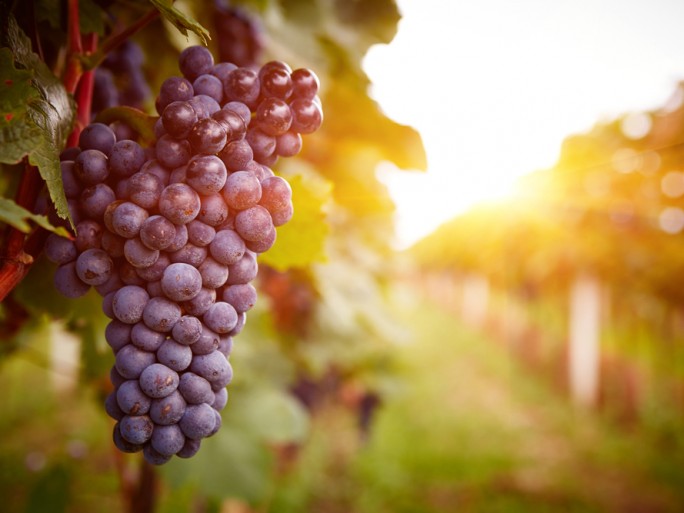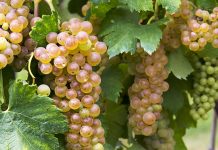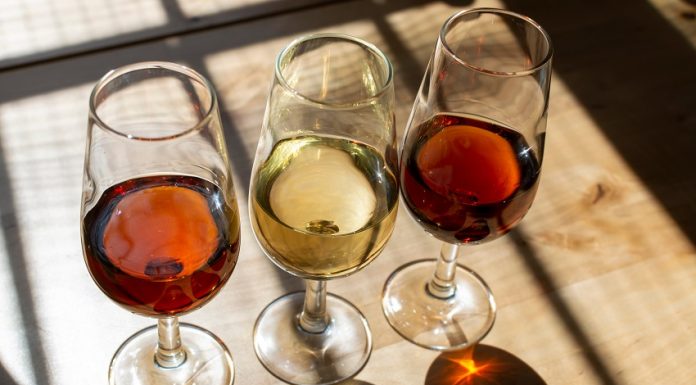Let’s go to chemistry class today, where we’ll talk about these special molecules present in wine: tannins!
You have probably heard this kind of phrase: “This wine is very tannic”, “it has silky tannins”, “its tannins are well softened”. But what does this really mean? What are these mysterious molecules that seem to be so important in tasting? Here is a short definition.
Tannins and astringency
Tannins are molecules present in wine that are linked to the sensation of astringency. It is the impression of roughness, of dryness in the mouth, of tightening of the papillae. If we look at the chemical reactions involving these tannins, we realize that they really “drink our saliva”! Yes, these particles combine directly with proteins contained in the saliva to form a solid mass (called precipitate). To verify this, you can try this little practical exercise: if you spit out a very tannic wine (prefer a young red wine), you will observe small pieces. You can also find this sensation of astringency by eating the grape directly.

Several origins
These molecules have several origins. They are found in:
- The skin of the grape
- And in the seeds
- The stalk: it is the skeleton between the branch and the grains, which is left when the grapes are harvested whole
- The wood : when the wine is aged in barrels
A little bit of vocabulary
No, sommeliers don’t make things up, all the terms used have a meaning. Here is a sample of the words we often hear to describe tannins:
- Green: when they come from the seeds
- Silky: when they come from the skins
- Hard: oak tannins or more drying
- Soft: on the other hand, tannins that are not very drying
- Dry: chestnut tannins
- Fine: which disappear quickly
- Fat: on the contrary, they persist in the mouth
- Soften the tannins: when wine is aerated, several chemical reactions occur with the oxygen in the air. Some of them involve the tannic taste which will therefore “soften” during aeration and notably form colored particles (hence the browning of the wine when it is in contact with oxygen for a long time).
Which wine to choose?
The tannins are therefore very different from one wine to another. Those of white wine are much softer because during the vinification process, the juice is left to macerate very little in the presence of the skins. If it is done for the red wine, it is especially so that it takes color! The juice of black grapes is often white!
But of course each wine is different, so nothing is better than tasting to make your own opinion! Silky, sweet or dry, it is up to you to find what suits you best!









